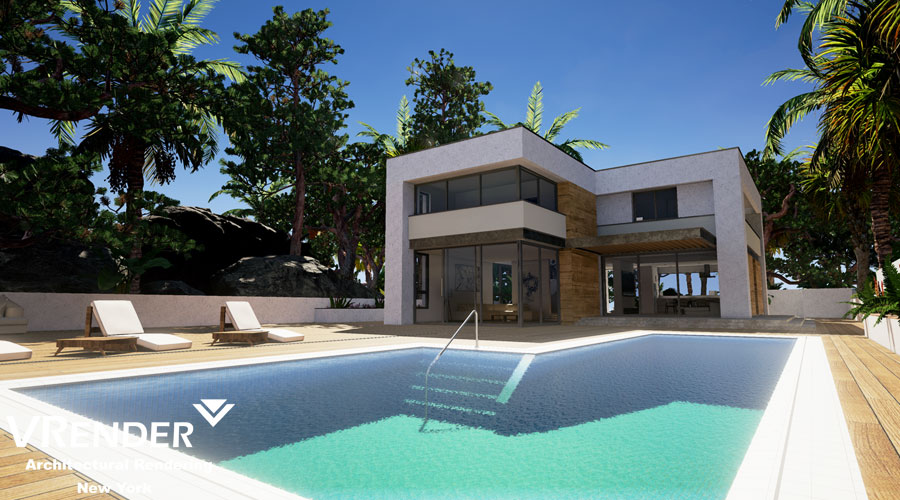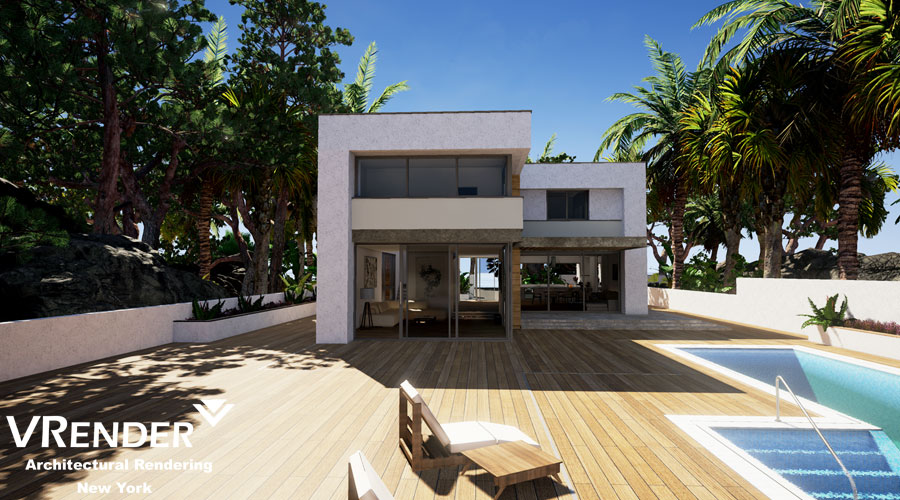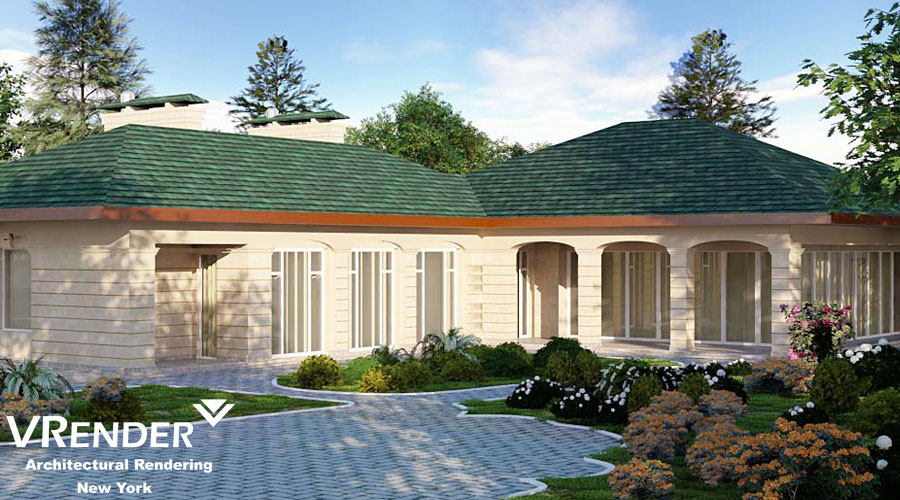As hard as it is to sell a piece of real estate that is yet to be built, it is equally difficult to buy.
Yes, the words of the salesperson are extra descriptive and the images are a touch colorful, and maybe the concept drawings have all the trappings of real works. Maybe they even have one of those delightful cardboard-constructed models with tiny light and little people. But it is honestly difficult to visualize and picture yourself living in something when your thumb will not even fit through the front door.
Fortunately, modern technology such as 3D rendering allows for a building-be it a condominium, an apartment, a house, etc-to be built without needing to actually build it. As confusing as that may be conceptually, it’s actually the crux and heart of what 3D rendering is. These photo-realistic constructs-often built to the approximate specifications in the real world–allow for an unambiguous and unprecedented level of sophistication in presentation that salesmen of olde would only dream about-if they knew what it was. And even that basic description is several years behind the actual evolution of the technology.
Increasingly, the focus of 3D rendering in architecture goes beyond simply allowing for a visualization of structure.There is a trend today wherein architects, engineers, interior decorators, and real estate investors combine their vision and expand their scope to include interiors. Interiors filled with representations of everything one would expect to find in the finished product of their dreams. This lends the element of interactivity–the final piece in the huge puzzle that is sales.
Again, that is not even the pinnacle yet! Today, companies are beginning to experiment with enhanced virtual reality. Even though it is currently restricted to catering to the visual sense, it is still a pretty big deal and an exciting concept to consider with regard to the idea of better allowing prospects to explore and even immerse themselves in what could well be their homes in the near future. Imagine not needing to be told what goes where, but instead seeing it yourself. Imagine being able to see the compatibility of room sizes to your needs first hand-long before you have to reach into your pocket to pull out a check.
Vrender Company 2017







